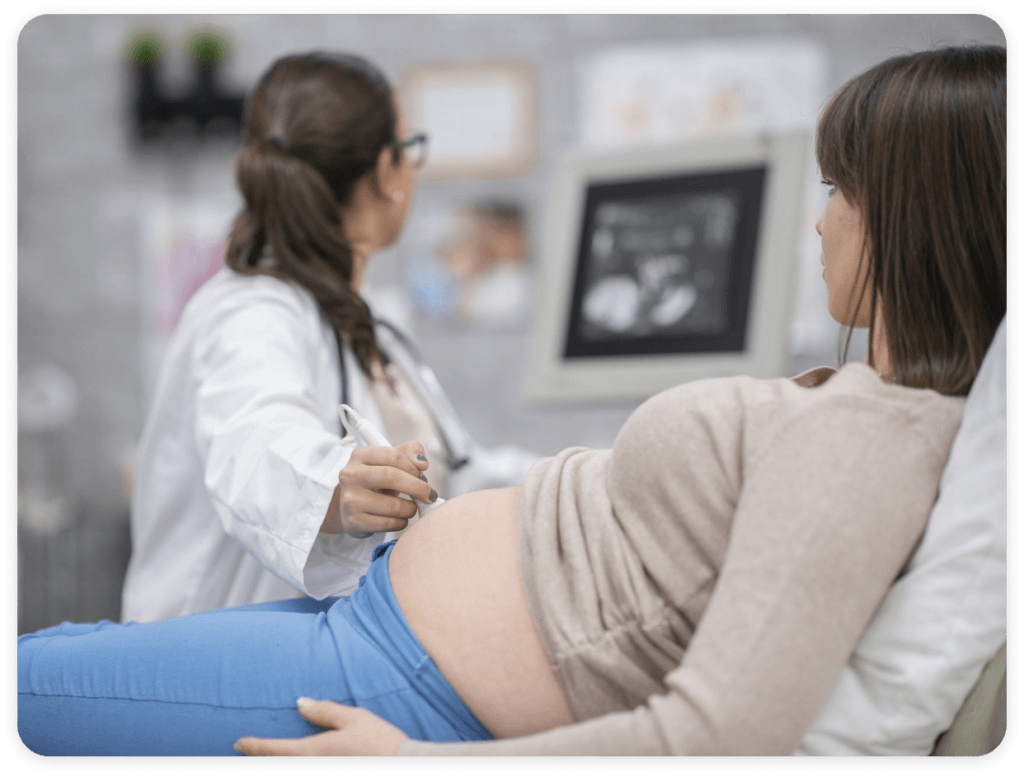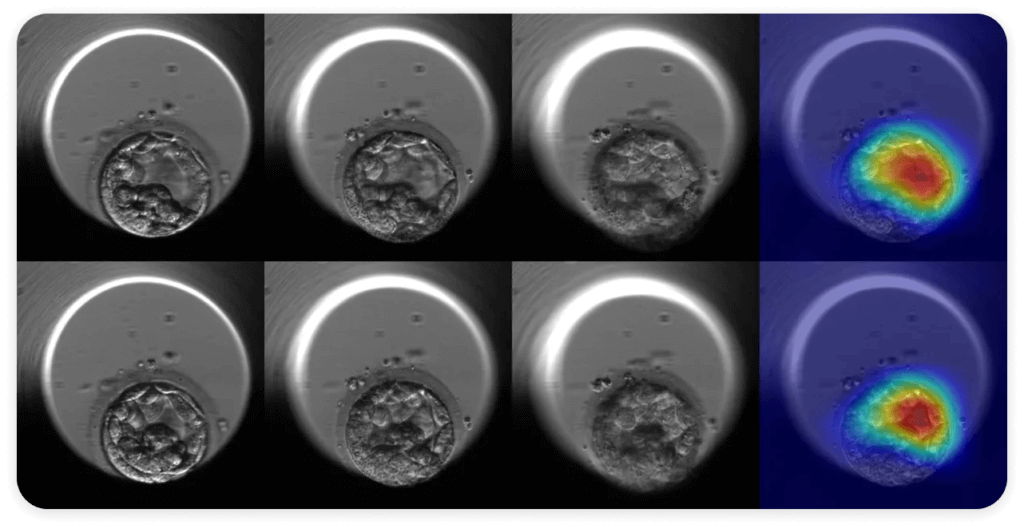It is generally accepted by researchers from a variety of different disciplines that our capacity to walk upright and the high development of our brains have been responsible for one of the biggest challenges our species -and particularly females- have had to face throughout the ages: a fatal combination of narrow birth canals and very large heads have resulted in painful, difficult, and dangerous pregnancies both for human mothers and children.
Though of course, we do not have the most precise information on maternal mortality rates in pre-modern eras, we do know for certain that the chances of having entirely smooth, non-risky pregnancies and deliveries were not exactly high. But during the 2nd half of the 19th century, with advancements in science and healthcare, especially in the cities, mortality rates, mostly in European countries, began an extraordinary decline, which later intensified in the first decades of the 20th century with the widespread use of antibiotics.
As we will see by the end of this article, we are still quite far from having satisfactorily solved this long-lasting problem for our species. Nevertheless, the use of artificial intelligence to improve pregnancy care is bringing hope that we may enter a new era, one in which we can take a huge step further into significantly reducing pregnancy complications.
Creating an AI-Powered Labor Prediction Model
According to obstetricians, one of the biggest challenges of labor management is measuring maternal and neonatal risks of delayed intervention against risks of unindicated Cesarean section. To determine the likelihood of vaginal delivery, obstetricians perform periodic cervical examinations that allow them to assess the progress of labor. Yet, this measurement is highly varying according to the specific characteristics of each pregnant person.
This is where AI kicks in. In a variety of different fields, biomedical researchers are developing retrospective studies in which they take advantage of the powers of AI to process enormous amounts of data. This method allows them to find patterns that could have been omitted by studies performed with more traditional methods or to combine data in a way that couldn’t be done without AI. In this case, Mayo Clinic researchers, pulling off data from more than 66,000 delivery episodes from a database of pregnancy and labor characteristics assembled by various US medical centers, developed a labor prediction model designed to anticipate possible unfavorable labor outcomes.
In an effort to help obstetricians tackle the challenge of intrapartum decision-making, the goal of this model is to determine with the biggest possible accuracy if a certain delivery should be vaginal or if a Cesarean section is needed, while also evaluating the risk of postpartum hemorrhage and other potential negative outcomes.
The function of this AI-powered algorithm is to establish accurate patterns that will help physicians make better and more timely decisions during pregnancy. Mayo Clinic researchers are confident that the algorithm they have developed will eventually be able to be used in real-time, significantly improving physicians’ capacity to calculate the risk of a negative outcome and make decisions accordingly.
If this is accomplished, it is likely to prove highly effective at reducing cesarean deliveries and maternal and neonatal complications.
New Technologies for a Primitive Issue
Today, while we live in the 3rd decade of the 3rd millennium of our era, many pregnant people in the world are still suffering from pregnancy complications and experiencing pregnancy as a dangerous, highly-risky process.
According to UN estimates, every two minutes, a woman dies in childbirth or as a consequence of complications arising from pregnancy – more than 300,000 every year. Many countries in Latin America, Africa, and Southeast Asia have not yet reached the goal established by the UN to reduce the global maternal mortality rate to less than 70 deaths per 100,000 live births.
This is a great challenge for the years to come. Researchers at Mayo Clinic have shown us that intelligent machines can help us improve our capacities to tackle a health issue that has been haunting our species since the very beginning of our times.
To learn more about the latest tech trends, keep reading our blog!













